Please post the link to the quote where I said that the sun and moon are 70 miles away?You were asked what distance were the balloons (that provided gps, ect.) relative to the Sun and Moon (that you claim is only 70 miles away). You ducked the person and never responded to what he asked. I don't think that poster was someone you had on ignore.
I asked you in a different thread 'what shape were the Sun and the Moon'? And you completely ghosted me. You continued in the thread quoting other people and acted like I never posted anything. I most definately stumped you. I was the only person ever to ask you ONE THING and you ducked. It was hilarious.
You are using an out of date browser. It may not display this or other websites correctly.
You should upgrade or use an alternative browser.
You should upgrade or use an alternative browser.
I'm challenging xCivicx to A Debate About Flat Earth
- Thread starter Th3Birdman
- Start date
-
- Tags
- debate flat earth
More options
Who Replied?As I said before, I have the person that you're quoting, on ignore, and it has nothing at all to do with any kind of flat earth discussionThis is precisely why I'm asking him to show his work
He doesn't understand the math that is being used here, and is relying on Flerf talking points that he keeps regurgitating in the hopes that I don't understand the gish gallop. That's why he keeps bringing up pears
This tactic doesn't work on brehs that know what they're talking about. I have already given him the skeleton of the Earth curvature formula. Now all he has to do is simply plug the numbers into the formula. I've already done half the work for him, and now the nikka tryna get buck
He claimed he was in an engineering program at G-Tech, but literally cannot produce simple trigonometry formulas.
What the fukk was he engineering?
On multiple occasions, he has disrespected the victims and witnesses of 9/11. That's something that I take EXTREMELY seriously
At GT I majored in computer engineering and I minored in physics
What y'all in this thread have to stop doing, is letting this nikka distract you from the actual topic.
What he loves to do is try to get you caught up arguing semantics or unrelated shyt so that he can avoid arguing the real points. It's his go-to tactic.
He tried this with me, trying to change the discussion about the model HE POSTED and that HE BELIEVES into a discussion about "scale".
If you don't believe your model is accurate, why the fukk would you post it in a debate?
You see, THAT'S the tactic:
--post the model
--when someone questions the model, run away from what he posted and state it's not to scale
--force an argument about scale so that he doesn't have to defend the model HE POSTED AS EVIDENCE
This shyt is transparent.
Don't give him that inch, y'all, that's why y'all haven't buried this nikka yet. Don't let him change the topic. Force this nikka to defend the shyt he says.
He literally cannot address this, this is why he tried to distract me with an argument about scale:
The Sun moves in the sky at 15 degrees per hour, at all times of the year.
According to this guy's flat earth, the sun rotates above the Earth in narrow rings in North Hemisphere Summer, and wide rings in North Hemisphere Winter.
Because the sun has to travel a much greater distance around the planet during Winter according to that model, and the fact that the Sun still takes 24 hours to rotate above the Flat Earth, this means the Sun would have to SPEED UP to make the 24 hour period.
But no matter the season, the Sun still takes 24 hours. This literally debunks the idea that the Sun rotates above the Earth in wide and narrow rings. It is impossible due to empirical observation that Flat Earthers can do themselves.
Address this point @xCivicx. Just this specific one.
ONCE AGAIN, there are locations on this plane where the sun REMAINS ABOVE THE HORIZON FOR MORE THAN 24 HOURS
In those SAME AREAS, there are points in time where the sun remains BELOW THE HORIZON FOR MORE THAN 24 HOURS
I've literally show you video proof of this but you keep repeating this same point
The sun DOES NOT REVOLVE TO IT'S SAME POSITION, EVERYWHERE ON THIS PLANE, ALL THE TIME
If you believe that then coolIf you believe in low-earth orbit then everybody inside the ship can look out the window and see the earth is round
The only thing that I would ask of you, is for you to watch this TIMESTAMPED video, of astronauts explaining whether or not they see stars in space. There's also an interview with neil armstrong in this video
Spoiler: They pretty much all contradict each other
But the reason that blood rushes to certain points when you're upside down ON EARTH, has nothing to do with gravityBro, I honestly can't tell if you struggle with reading or are intentionally misreading things, I'm thinking the former.

Cardiovascular Health in Microgravity - NASA
Humans “heart” Earth. The cardiovascular system that includes both the heart and blood vessels has evolved to operate in Earth’s gravity while standing,www.nasa.gov
NASA - Cardiovascular System Gets 'Lazy' in Space; New Study Gets Blood Flowing on Station
Cardiovascular systems get 'lazy' in space, but a new study gets blood flowing on board the space station.www.nasa.gov

Cardiorespiratory Responses to Inversion - PubMed
In brief: Cardiorespiratory responses to hanging upside down (inversion) were measured in 50 healthy young subjects. Measurements were taken at rest before and after inversion and for three minutes in the head-down position. Both systolic and diastolic blood pressure increased significantly and...pubmed.ncbi.nlm.nih.gov
CV Physiology | Effects of Gravity on Venous Return
www.cvphysiology.com
And from my post:
That's what I was saying before
Huh??Because it's an absurd stance to rebut coming from an addled, crack hindered brain that think the stars in the constellations are holes in a dome.
Asking why the constellations have remained relatively the same over centuries is a stupid question, with respect to all of the different vectors of motion that the earth is supposed to be experiencing?
Why is that a stupid question?
I'm not sure what you think you've done here, but the conclusion you've come to is an ARGUMENT FROM INCREDULITY.
That is a fallacy; you cannot argue that because something seems incredible or coincidental that it is wrong. Math (trig) proves the distance of the sun. How can you argue against the math? The only people that argue against math don't actually understand the math being performed.
Yeah, the 400/400 thing is real. It is a coincidence. You know what else is a coincidence? You, a Flat Earther, and me, a scientific literate, exist at the same time, on the same message board and are interacting with each other, right now in 2022.
Calculate the chances of that happening.
Another argument from incredulity. You have committed so many fallacies in this interaction that no one with any debate history should be taking you seriously at this point.
You ask for a photo, and I provide a photo. You immediately disqualify it as proof because reality is "too beautiful"
On my way back home to LA from Hawaii, I took images of the Earth MYSELF, FROM MY OWN CAMERA, that look exactly like the picture I sent you.
I guess I'm drawing these images on my iPhone, huh?
I'm still waiting for you to address this video btw
I'll go ahead and post it again
I have nothing at all to do with the flat earth societyI hope you realize you ain't saying anything, breh.
If a group of nikkas get into an argument, and two of them decided to knuckle up, then that's them two shooting a fair one.
You got upset about something I said. Fair enough, but now I'm responding to you getting mad. You decided to call me out, when I made a general statement about conspiracy nuts. So, I put your ass in the ring. It's that simple.
Fam, you are not in an argument with Neil. You are in a debate with ME. You must stick to attacking things I have said. That is how debates go, period.
The Flat Earth Society is an extremely large group, having a yearly convention and thousands of members. Globebusters has a YouTube channel with 70k subscribers. They literally had a film on Netflix. They are as prominent as any group can be.
It would be dishonest for me to use the arguments of others in a debate with you. Your trash tactics do not work here. Stick to my words, my claims, my videos, and my submitted evidence in this thread. I have disproved your point about the original image being perfectly circular, and you are dodging it, referring to a whole other nikka.
The concepts that you believe in, have been introduced and corroborated by high priest ngt
That's all I'm saying. We can drop the subject of the shape of earth now, if you want to
Can we start the debate about flight on a spinning ball now?
Again, you're still attempting to take that crude gif that I posted and argue against it as if it's an actual factual flat earth model, even though I told you that it wasn't. That's the reason that I didn't even want to post it in the first placeBut this does not match the model YOU posted, which I will remind you, looks like this:
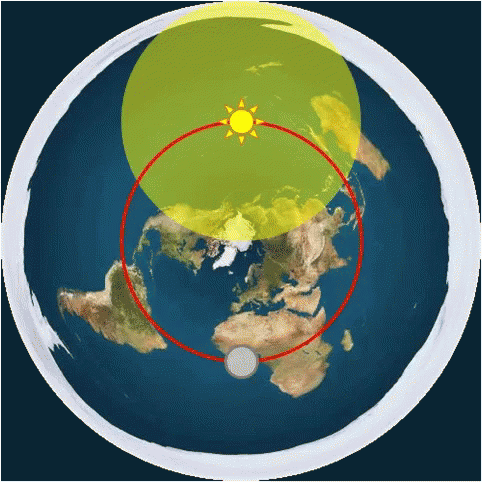
As you have just admitted, the Earth is experiencing ~50% sunlight at any given time. The model YOU posted shows the Sun only shining light on roughly 25% of the Flat Earth. You have just admitted defeat on this point, thanks, we can move on.
This is a gish gallop. You said a lot of words that don't mean anything, and are hoping I cannot read through them.
First of all, you don't know what you're talking about-- Antarctica has SIX MONTHS of 24h daylight and SIX MONTHS of 24h darkness.
If the Sun were revolving around a flat disk as you believe, those places in the Antarctic would receive daylight and darkness every DAY. This does not happen in reality, as it's currently 24h of darkness in Antarctica as they are in winter, and it will be dark until October-November-ish where they'll be entering summer.
Here is the empirical evidence for what I'm saying: Sunrise and sunset times in Antarctica
You lose.
We can definitely move on from that crude image, whenever you're ready
Now THE BOLD is a strawman
You're literally making up concepts to argue against right now
And you're showing that you don't understand what I'm trying to explain to you
Ok so this is the 2nd time that you referred to a wider circumference and stated that it's impossible for this to occur in the northern hemisphereFirst of all, THIS HAS NOTHING TO DO WITH THERMODYNAMICS.
I'm aware you think that because the prefix "Thermo" is in the word, it has all to do with temperature, and that you can just toss it around for your hypothesis because it sounds vaguely scientific, but I can assure you it does not mean what you think it does.
Here are the Laws of Thermodynamics:
0th Law of Thermodynamics -if two thermodynamic systems are each in thermal equilibrium with a third system, then they are in thermal equilibrium with each other
1st Law of Thermodynamics - Energy cannot be created or destroyed
2nd Law of Thermodynamics - For a spontaneous process, the entropy of the universe increases
3rd Law of Thermodynamics - A perfect crystal at zero Kelvin has zero entropy
Notice how none of these laws have anything to do with the seasons, and why they shift?
But further, and more importantly, the point about Florida and Hawaii DISPROVE your hypothesis about the sun rotating above the flat disk in wide and narrow circles. I literally laid this out in the video-- you are arguing GLOBE points, my dude.
Say it's currently Winter, for example. If you believe the sun moves in wider rings in North Hemisphere winter, this means the sun is now FURTHER AWAY from places like Florida and Hawaii, meaning they should experience significant seasonal shift from when it was CLOSER in the Summer.
Hawaii and Florida experience relatively the same temperatures year round. Your point is that the sun moving in wider rings causes the seasons, but in places like Hawaii and Florida, the temperature doesn't change significantly. How you don't realize this debunks your point is incredible.
McAllen, Texas, is one of the southernmost cities in America, just about where Cape Coral, Florida is in relation to the Equator. McAllen experiences significant seasonal shift in January, August and December. If what you were saying were correct, that city would be just as hot as Florida is all year round, because on your flat earth, they'd receive EXACTLY the same sun exposure as Cape Coral, Florida, which is hot and humid all year round.
On a ball Earth, all of this makes perfect sense:
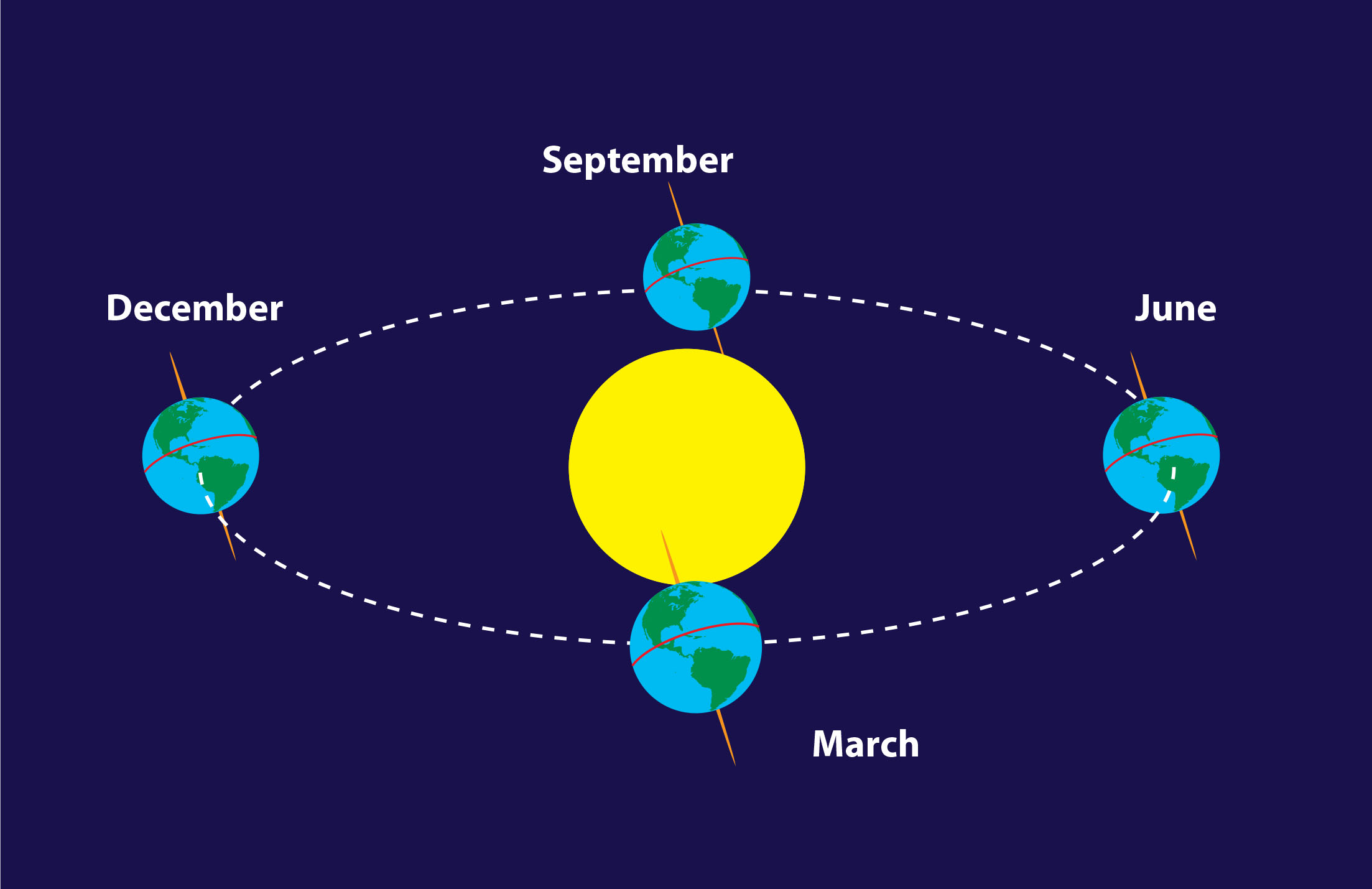
Hawaii and Florida are relatively near the equator. The Earth's axial tilt causes them to be exposed to the sun throughout the year, no matter the season. This is why these two places experience relatively little seasonal shift. On your flat earth model, they would experience significant shift because the sun is moving AWAY and TOWARDS them, meaning they should be extremely hot in the summer (Hawaii is hot all year, makes no difference) and colder in the Winter. Hawaii, Indonesia and Florida literally disprove your argument, as they all have consistent temperatures throughout the year.
For the 4th time, on the flat earth model, the sun revolves on it's LARGEST PATH, in the SOUTHERN HEMISPHERE
How can I explain this to any clearer? Help me help you
Solar eclipses occur during the dayNo, the outcome is the same lol
This is position of the Sun, Moon and Earth during a new moon:
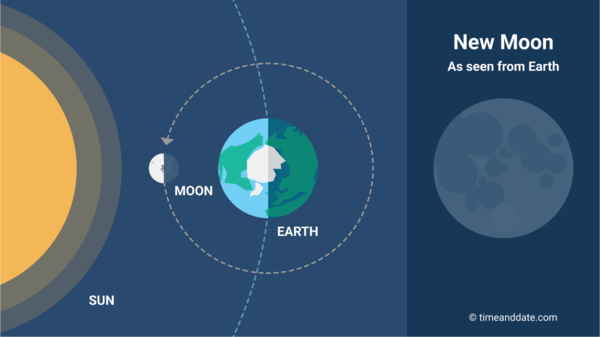
This is their position during a Lunar Eclipse:
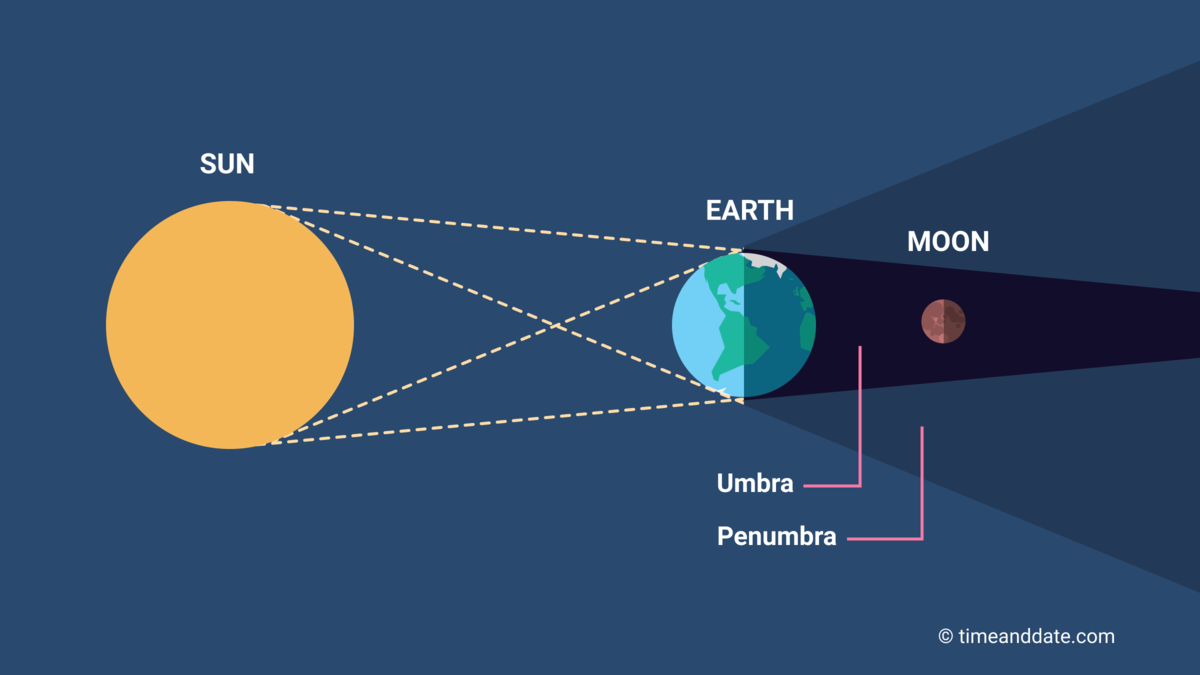
This is their position during a Solar Eclipse:
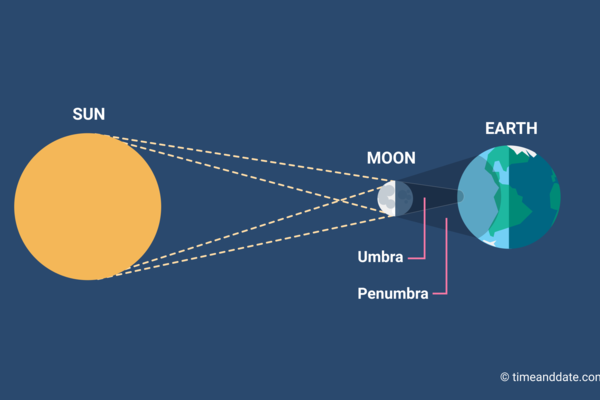
As you can see, the positioning for a New Moon and Solar Eclipse are literally the SAME, and do not cause THE OPPOSITE to occur.
You have no fukking clue what you're talking about.
Edit: Solar Eclipses happen very often on this planet, with all of them occurring within a New Moon (that's the only time it can happen). The reason you don't see a solar eclipse for every new moon is because the Moon's orbit around the Earth is not perfectly circular, but tilted 5 degrees, so that shadow usually misses the Earth. Here's a diagram of this kind of tilt:

New moons occur during the night
The sun, moon and earth are in the exact same position in both instances, yet it's daytime for one and nighttime for the other
The images that you posted literally show this
Also @Th3Birdman you seem to have studied my posts on here, so you know that I'm eventually going to post the fact that the creator of the concept of "gravity" said that the concept of "gravity" was bullshyt
Can you go ahead and address this now or do you need me to post the quote first?
Can you go ahead and address this now or do you need me to post the quote first?
Now you're picking hairs about "air" vs "hot air" smh
Civic, the distinction between these two things is incredibly relevant.
From my response, you can see that I obviously thought you meant a helium balloon. Nobody ever (EVER) refers to hot-air balloons in the manner you did. When someone wants to distinguish between a helium balloon (which floats) and a hot-air balloon (which floats), they use the phrase "hot-air". You simply said air.
My main point was that if gravity was the powerful universal force that you believe it to be, then it should be impossible for any light gas to negate it and allow any object to flow UPWARD, because gravity should be causing EVERYTHING to stick to the earth's surface. According to gravity, we're all stuck to the ground until we utilize a force strong enough to negate gravitational force, to allow us to move in different directions/vectors that are NOT aimed at the "center of the earth"
No one calls gravity a "powerful universal force". This is another easily debunked Flerf talking point that you got from a closed Facebook group.
Gravity is a weak force. Every single scientific publication states this:

Why is gravity the strongest force?
Actually, gravity is the weakest of the four fundamental forces. Ordered from strongest to weakest, the forces are 1) the strong nuclear force, 2) ...

The four fundamental forces of nature
Facts about the four fundamental forces that describe every interaction in nature.
You are, again, arguing against strawmen arguments.
A force as light as ANY gas, should NOT be strong enough to negate the force of gravity and allow us to float opposite to the vector pull of gravity, in a balloon. That doesn't make sense with respect to the properties of gravity on this plane
"Gas" is not a force. A force is an influence that can change the motion of an object. Forces have direction and a magnitude. "Gas" does not have direction nor magnitude.
Then, even beyond this plane, the concept of gravity is convoluted and confusing with respect to the celestial bodies in "outer space"
Another argument from incredulity fallacy. It does not matter that the concept is confusing TO YOU. This is why you are a Flat Earther-- you don't understand scientific concepts, as they are too difficult for you. But instead of taking the time to understand them, you have gone off the rails, and instead have dedicated your time to undermining them because you don't understand them.
Fam, it is entirely OK to not understand these things, and it has been obvious from your first post that you don't. But what is not OK, is making shyt up and lying about scientific organizations and people because you don't understand them. It only takes effort to learn things.
I also asked you to show me an example of water sticking to a ball, 360 degrees all the way around said ball. You have not produced this so far
Here you are demonstrating that you don't understand gravity. This will only happen in space, away from the gravitational influence of the Earth.
The Earth has a large gravity well, compared to a ball that is on Earth. Earth's gravity is larger than the ball, so the water will instead be pulled to the Earth, instead of sticking to the ball.
What's more is that what you are asking for, you will deny, because whenever someone produces images from space, you say the image is fake. Stop asking for things you don't want. You are not here to learn, you are here to deny reality-- that is your goal here.
And I showed you an example of what I was talking about, with respect to the moon. If the earth was casting a shadow on the moon to cause it's phases, the half moon(where the moon is cut in half with an almost precisely vertical line) should never occur. EVERY shadow case on the moon by the earth should have a CURVE to it
Another incredible misunderstanding of natural phenomena.





The Earth's shadow is NOT what causes the phases of the moon, where the hell are you getting your information from?
The phases of the Moon are due to the Sun's light on its surface, which is influenced by the Earth's and Moon's orbit.
You literally don't even understand the scientific principles that you are arguing against


Lunar phase - Wikipedia
If you believe that then cool
The only thing that I would ask of you, is for you to watch this TIMESTAMPED video, of astronauts explaining whether or not they see stars in space. There's also an interview with neil armstrong in this video
Spoiler: They pretty much all contradict each other
So that video is saying different people in completely different places saw different things based on their location and position.. You dont understand that?
You ignored my video. If these people are in low earth orbit what would they see when they look out the window?
At GT I majored in computer engineering and I minored in physics
Based on the posts you've made here, I find this INCREDIBLY difficult to believe. You had to have left after the first couple of classes.
ONCE AGAIN, there are locations on this plane where the sun REMAINS ABOVE THE HORIZON FOR MORE THAN 24 HOURS
In those SAME AREAS, there are points in time where the sun remains BELOW THE HORIZON FOR MORE THAN 24 HOURS
I've literally show you video proof of this but you keep repeating this same point
The sun DOES NOT REVOLVE TO IT'S SAME POSITION, EVERYWHERE ON THIS PLANE, ALL THE TIME
Do YOU even understand this nonsensical post?
No, seriously, you're clearly typing words just to type words, not to make any logical sense.
"The sun does not revolve to it's same position, everywhere on this plane all the time"? What???

You have not answered me-- your ridiculous model shows the sun revolving above a flat disk in a 24 hour time period. So:
1. How does that sun revolve above the Earth in that wide ring, but also the narrow ring in 24 hours without ever speeding up?
2. Why does Antarctica experience 6 months of night and 6 months of daylight if the sun is revolving around the flat disk every 24 hours?



